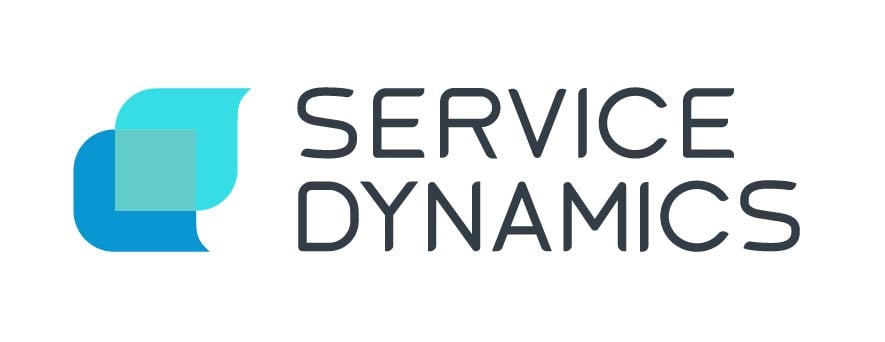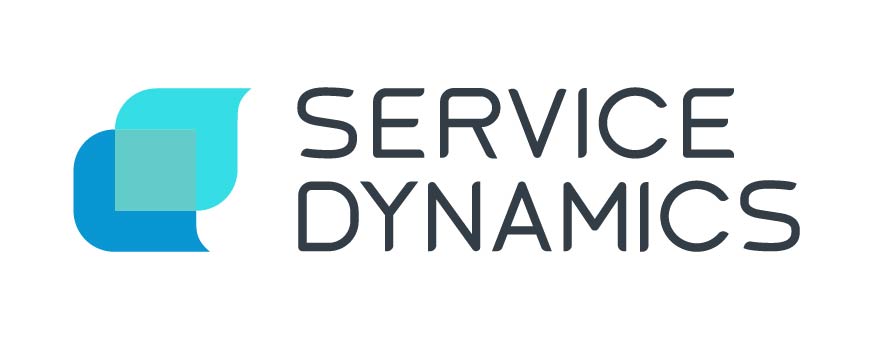ITSM encompasses various workplace technologies and tech-based processes found in every department of modern businesses. It should provide support to any team that relies on technology, which is practically all teams in today's business landscape.
Considering the prevalence of technology across organisational departments, ITSM tools can be adapted to meet the unique needs and workflows of different teams. ITSM principles and frameworks like the IT Infrastructure Library (ITIL) can assist other departments in incorporating best practices from ITSM, fostering the development of holistic and efficient Enterprise Service Management (ESM) strategies.
ESM vs. ITSM
IT Service Management (ITSM) and Enterprise Service Management (ESM) are related but distinct concepts. ITSM primarily focuses on IT-related services within an organisation, while ESM extends these practices to a broader range of service teams across the organisation. ESM incorporates business-centric use cases, manages service demand and supply through a unified platform, portal, and service catalog, and leverages PaaS/low-code development tooling to enhance innovation and workflow automation.
While ITSM concentrates on addressing IT service issues, ESM applies service management concepts from ITSM to other departments to improve service delivery and efficiency. However, it is not a matter of ITSM versus ESM but rather a combination of both. ESM inherits the benefits of ITSM and applies them to other business use cases.
Implementing an effective ESM strategy enables businesses to build upon successful ITSM implementations and apply those learnings across different teams. By incorporating proven ITSM processes where relevant, ESM enhances internal processes, promotes collaboration between teams and functions, and facilitates effective and efficient service delivery. This approach reduces silos and generates greater value for the organisation.
The objective is to transition from ITSM to ESM by leveraging successful practices and mapping customised ITSM-based processes to relevant parts of departments or teams.
Breaking down silos with ESM
By applying Enterprise Service Management (ESM) practices and tools, inspired by ITIL frameworks, to various teams, organisations can streamline their processes and provide faster and more accessible support to employees. Departments like HR, marketing, sales, legal, and finance report improved connectivity, visibility, and turnaround times.
In HR, for example, ITSM tools and principles better connect initially disjointed tools, allowing teams to hire new talent faster. Mingling ITSM with marketing improves visibility and approval turnaround times, resulting in new products getting to the market faster.
In sales, where team members face increasingly demanding customer expectations, an ESM based approach lets them “do more with less” by shortening sales cycles and strengthening back-office processes.
And even in historically less agile departments, like legal and finance, ITSM tools and principles enable organisations to evolve and stay modern. Ultimately, effectively mingling ESM with other departments means organisations can stay agile and improve competitiveness.

Leveraging ESM in HR to streamline onboarding
Implementing an Enterprise Service Management (ESM) solution in the Human Resources (HR) department offers significant advantages. HR teams handle crucial business requests that require prompt processing to ensure smooth operations. By using a service desk software that promotes collaboration with IT, the partnership between HR and IT strengthens.
This streamlined process increases visibility, accelerates workflows, and fosters cross-departmental collaboration, massively improving the overall employee experience.
Optimising marketing processes with ESM
Your Marketing team can greatly benefit from leveraging ITSM tools and concepts. By utilising a service desk software, marketing processes can be optimised to achieve business goals effectively, improve collaboration and attain a hassle-free workflow.
By centralising various team members from different departments, the team achieves better collaboration. Additionally, the team implements change management principles to overcome bottlenecks:
- Develop content plans and templates for clear objectives and target audience.
- Establish high-visibility pages with formal approval workflows involving core stakeholders.
- Streamline minor updates without additional approval steps.
- Utilise a "proofing" channel in Slack for collaborative editing, reducing lengthy review processes.
By employing these ITSM tools and ESM processes, your marketing team achieves faster publication timelines, maintains campaign clarity, and minimises delays through efficient cross-functional collaboration.
Legal workflows and ESM: Streamlining communication and improving efficiency
In legal departments, efficient organisation and effective task execution are crucial for managing critical work and reducing legal risks. To meet these demands, legal teams can leverage ESM principles to streamline communication and enhance efficiency.
In one example, an organisation's legal department successfully implemented ESM practices, particularly in addressing concerns related to General Data Protection Regulation (GDPR) compliance during the pandemic. The Privacy team transitioned from handling COVID-19 and GDPR queries ad hoc to a more structured approach that improved tracking and knowledge management.
By utilising a chat workflow for answering questions directly on Slack and for request tracking, the team achieved a more organised and accessible system. Automation features, such as scheduling and work delegation, allowed them to address recurring concerns efficiently. Additionally, topic-based tagging enabled automatic categorisation, further enhancing workflow management.
The ESM tools reporting capabilities enabled the team to identify patterns in raised concerns, facilitating the creation of a central playbook as a reliable source of information. This playbook proved valuable in managing surges in requests when new laws like GDPR came into effect. The outcomes were an improved customer experience, time savings for the legal team, and increased confidence in sharing knowledge with employees when needed.
Optimising finance operations with ESM: Streamlining processes and enhancing visibility
In departments like Finance that deal with stringent procedures and require thorough documentation, leveraging ITSM tools and principles can bring significant benefits. Many tools provide a solution for standardising communications, reducing silos, increasing visibility, and connecting processes across the organisation. By adopting a centralised information hub, finance teams can track accurate and up-to-date information, enabling decision-makers to make informed choices. Furthermore, the availability of task and request histories ensures a clear and traceable paper trail, promoting accountability, facilitating audits, and supporting process reviews.
Finance departments can draw inspiration from ITIL V3's Financial Management, a framework that offers standardised processes for budgeting, accounting, and charging requirements in IT service provision. These processes include financial management support, financial planning, financial analysis and reporting, and service invoicing. Additionally, ITIL Financial Management provides recommended key performance indicators (KPIs) and checklists that can be adapted to the specific needs of the finance department.
By embracing ESM practices and utilising ITSM tools, finance departments can streamline their operations, enhance visibility, and improve accountability. This leads to more efficient financial management, greater accuracy in reporting, and a strengthened foundation for decision-making and regulatory compliance.
Transitioning from ITSM to ESM
By incorporating ITSM processes, concepts, and tools, organisations can make a smooth transition towards an ESM-centric model, which fuels their digital transformation journey. ESM brings critical benefits that contribute to this transformation:
- Clarifying services and driving improvements: ESM allows teams to effectively articulate their services using consistent and unified tools. This enhances visibility into processes and fosters collaboration among different departments, leading to improved service offerings.
- Breaking down organisational silos: Interdepartmental collaboration can often slow down when work moves between teams. ESM provides a well-orchestrated flow of work, minimising delays and communication bottlenecks during cross-functional processes.
- Driving efficiency through automation: Automation plays a significant role in modern ESM, ranging from simple to complex tasks. By automating work processes, organisations can reduce manual errors, enhance service delivery speed, boost productivity, and increase overall capacity without requiring additional team members.
- Streamlining control and governance: ESM embraces methods and systems that enable effective tracking, measurement, centralisation, and streamlining of operations. This results in more efficient management and administration, improved cost-effectiveness, increased compliance, and reduced risk for organisations.
By embracing ESM principles and leveraging ITSM tools, organisations can unlock the potential for digital transformation. This approach empowers teams to work collaboratively, automate processes, and streamline control and governance, ultimately driving efficiency and enabling successful digital initiatives. ITSM is fundamental to your teams delivering more value at a greater velocity, with the proper implementation of ITSM across departments truly impressive results are possible!
If you’d like to learn more about implementing an Enterprise Service Management approach and solution in your organisation, get in touch with us.


